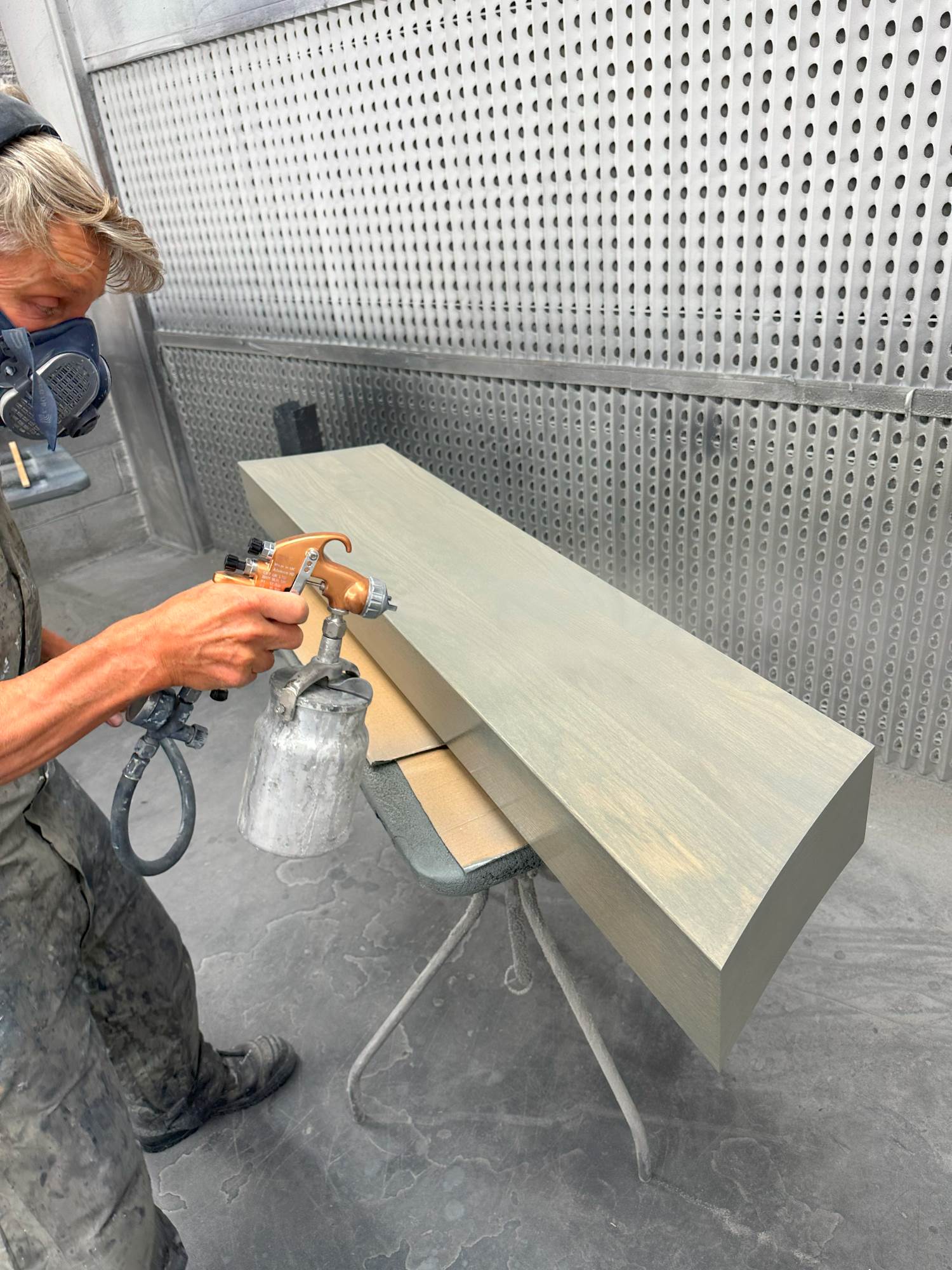We will send you an email to reset your password.
The most often question I am asked is "How do I best fasten and secure my wood newel posts?". The answer depends upon what type of newel posts you are trying to secure. The strength of your stair system is dependent upon firmly mounted newel posts.
Most of the 4-1/4" or larger square box newels which we sell on our site come with a mounting block which has 4 lag screws or bolts. The bottom of the box newel is hollow and it fits over the block. Simply secure the block in place with the lag screws (provided), trim off the bottom of the box newel to achieve desired height, then apply wood glue to the block. Place the box newel over the block and shoot several "pin nails" through each of the four sides of the box newel into the mounting block.
Let's say the newel you want to mount is solid - not hollow. If you are mounting it adjacent to a riser, using a 1" wood paddle bit, you can countersink two 1" holes about 5/8" deep into the side of the base of the newel and use lag bolts to secure into the riser. Cover the counter sink holes with matching species 1" tapered wood plugs (LJ-3000).
Now, if you are mounting a solid newel to a flat surface, we have several solutions. There are several pieces of hardware we sell or you can go "old school". I think "old school" is best and less costly.
First the hardware. Look at my part #'s LJ-3004, 3005, 3006, 3008, 3009, 3019 and 3071. These all have links to installation guides referenced in the description. Problem is these each cost somewhere between $10 and $20 per newel.
The "old school" solution cuts your cost down to about $4 per newel. ($3.76 for poplar). Here's what you need for "old school" newel installation: Two sets of (5/16" x 5" rail bolts, curved washers, nuts and matching species wood plugs) and a simple $9.99 Verstool. (You will need the tool anyway to fasten your rails to the newels.) Mark you newel post on the floor lightly using a pencil. If your newel has a "sleeve", then slide up the "sleeve" before marking. Mark the floor 1" from each side on opposing corners - then erase the outline you just made earlier.. Mark these spots and drill a 9/32" pilot hole about 1-1/2" deep and install the two 5" rail bolts (one side is lag and 1 side is threaded). Attach the Veresatool to the threaded side and use it to twist in each rail bolt - lag side down. Make sure bolt remains 3-1/2" above flooring surface. Now drill two 3/8" holes on the bottom of the newel about 4" deep exactly 1" in on opposing corners. Your newel should now fit and slip in place over the two rail bolts. Using a 1" wood paddle bit, drill a 1" diameter access hole 3-1/2" from the bottom of the newel and 1" in from the side. Drill an intersecting access hole about 1-1/2" deep. Now you should be able to test slide the newel over the bolts, attach the washers and nuts through the access hole. Once all has been test fit, apply a small amount of wood glue to the bottom of the newel and install curved washers and nuts. First finger tighten, then use the Versatool to tighten firmly. Once done, apply a small amount of wood glue around the lip of the 1" access hole and install the wood plug, tying to match the flow of any grain. Congratulations, you're now "old school"!



Leave a comment